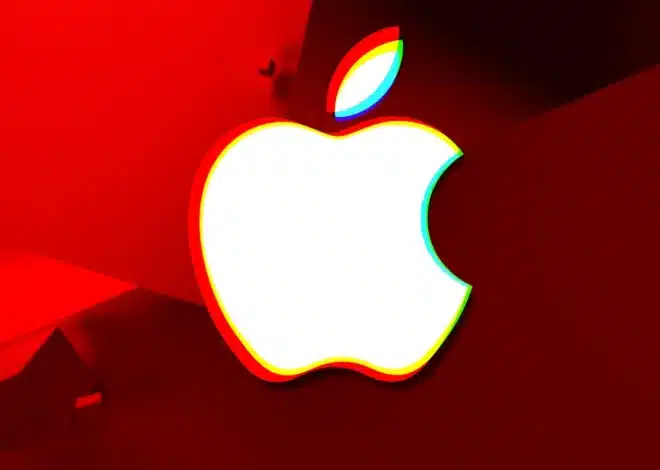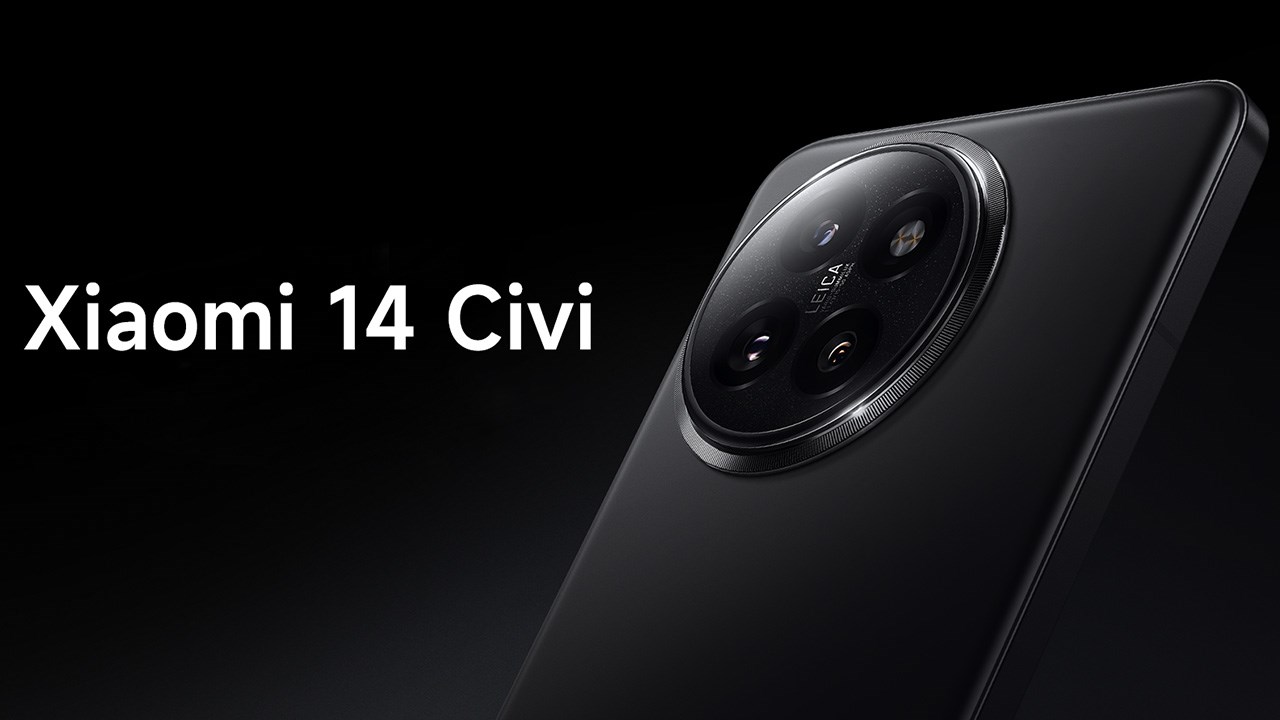
Top Xiaomi 14 Civi Alternatives: Superior Performance, Similar Price
Xiaomi 14 Civi was launched recently, focusing primarily on cameras. It’s a flagship smartphone from the Chinese brand powered by a powerful Snapdragon 8s Gen 3 chip.
With the Xiaomi 14 Civi, the brand aims to capture the sub-Rs 50,000 category. No doubt, it’s a good smartphone at the price point. However, there are some great alternatives to this phone from other brands with comparable or better specs.
If you’re thinking of buying the Xiaomi 14 Civi, take a look at these alternatives to make a better purchase decision.
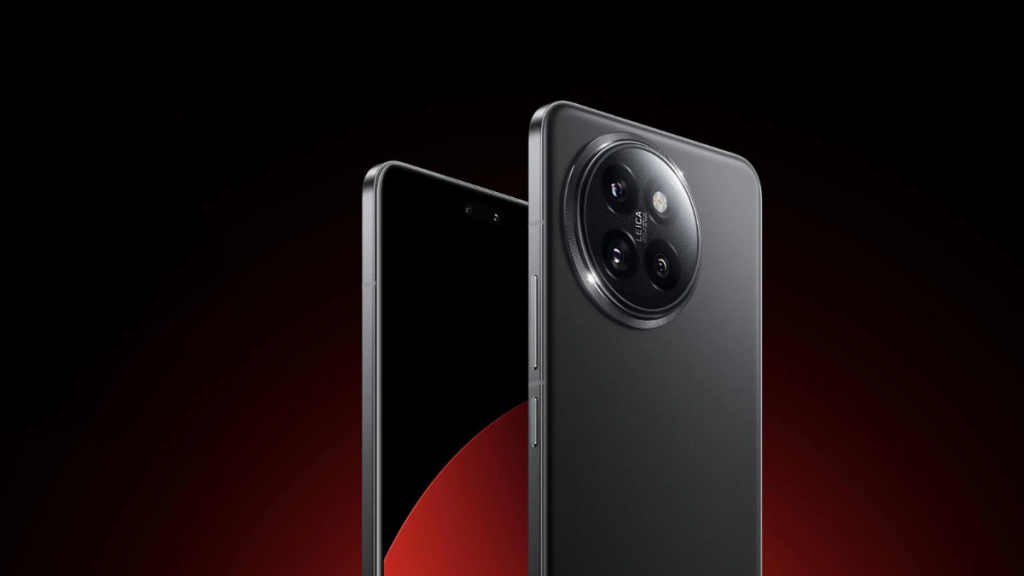
Xiaomi 14 Civi Spec Sheet
| Xiaomi 14 Civi | |
|---|---|
| Display | 6.55″ Quad Curved AMOLED screen 1236 x 2750 px resolution 120Hz refresh rate HDR10+, Dolby Vision, 3000nits (peak) |
| Rear Camera | 50MP (Primary) – OIS, f/1.63, 1/1.55″ 50MP (Telephoto)- f/2.0, 2x optical zoom 12MP (Ultrawide) – f/2.2, 120° FOV Video: 4K @ 24/30/60fps, 1080p @ 30/60fps, 720p @ 30fps |
| Video Recording | 4K @ 30 fps, 1080p @ 30/60 fps Slow motion: 1080p @ 120 fps, 720p @ 120/240 fps |
| Front Camera | 32MP (Wide) – f/2.0, 78° FOV 32MP (Ultrawide) – f/2.4, 100° FOV Video: 4K @ 30fps, 1080p @ 30/60fps, 720p @ 30fps |
| Chip | Snapdragon 8s Gen 3 (4nm) Adreno 735 GPU |
| RAM/Storage | 8GB/12GB LPDDR5X RAM 256GB/512GB UFS 4.0 storage |
| OS | Android 14, HyperOS |
| Battery | 4,700mAh battery 67W charging |
| Audio | Stereo speakers Dolby Atmos |
| Connectivity | 5G, Wi-Fi 6, NFC, Bluetooth 5.4 |
| Misc | In-display fingerprint sensor Xiaomi IceLoop cooling system Dual nano-SIM slot |
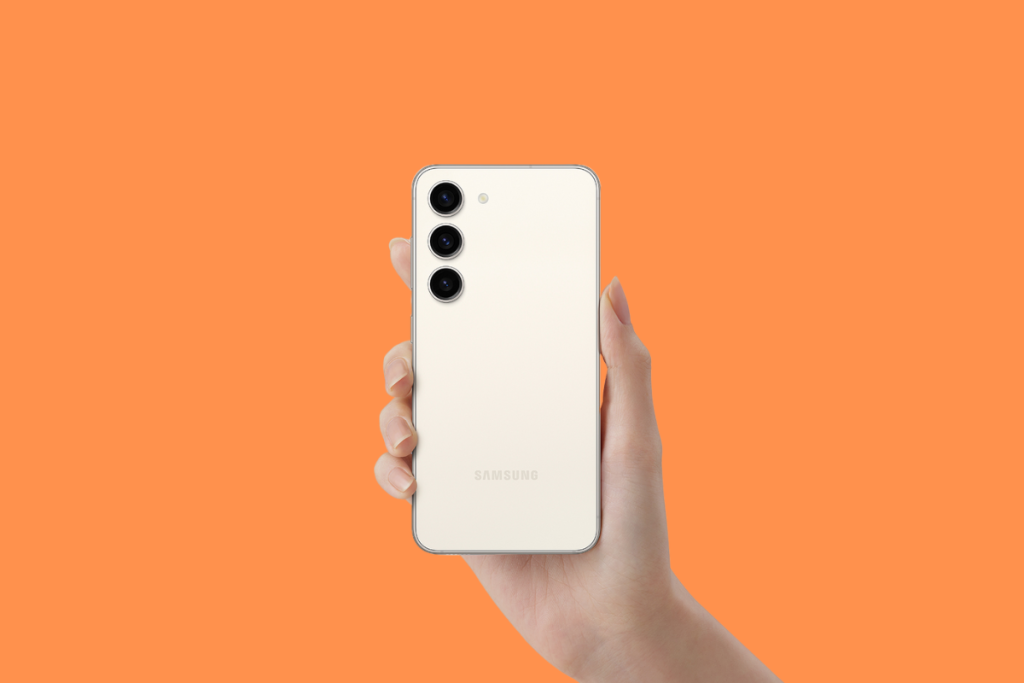
1. Samsung Galaxy S23 5G
| Samsung Galaxy S23 | |
|---|---|
| Display | 6.1″ Dynamic AMOLED 2X 1080 x 2340 px resolution 120Hz, HDR10+, 1750 nits (peak) Gorilla Glass Victus 2 |
| Rear Camera | 50MP (Primary) – OIS, f/1.8, 1/1.56″ 10MP (Telephoto) – OIS, f/2.4, 1/3.94″, 3x (optical) 12MP (Ultrawide) – f/2.2, 1/2.55″, 120˚ FOV Video: 8K @ 24/30fps, 4K @ 30/60fps, 1080p @ 30/60/240fps |
| Front Camera | 12MP – f/2.2 Video: 4K @ 30/60fps, 1080p @ 30fps |
| Chip | Snapdragon 8 Gen 2 (4nm) Adreno 740 GPU |
| RAM/Storage | 8GB RAM 128GB/256GB storage |
| Battery | 3,900 mAh battery 25W wired 15W wireless 4.5W reverse wireless |
| OS | Android 13 |
| Connectivity | 5G, Wi-Fi 6E, Bluetooth 5.3, NFC |
The Galaxy S23 is an excellent alternative to the Xiaomi 14 Civi smartphone. It packs a more powerful chip and an excellent set of cameras.
The Galaxy device has a 6.1 inches, slightly shorter than the Xiaomi 14 Civi’s 6.55-inch screen. Both are AMOLED screens with 120Hz refresh rate and HDR10+ support. Notably, the Xiaomi phone has a peak brightness of 3000 nits, while it’s only 1750 nits on the Galaxy S23 Ultra. So, the content would look better on the Xiaomi device outdoors.
The Xiaomi 14 Civi has a Snapdragon 8s Gen 3 chipset, whereas the Galaxy S23 5G has a Snapdragon 8 Gen 2. Both are high-performance flagship chipsets that can smoothly handle processing needs for most people. They have comparable CPU performance. However, the Snapdragon 8 Gen 2 has better GPU performance. So, naturally, you can expect better gaming performance on the Galaxy S23.
The Xiaomi 14 Civi has a large circular camera module on the rear side that houses three sensors and an LED flash. The Galaxy S23 also has three camera sensors on the back, but are arranged vertically. It includes a 50MP primary sensor (OIS, f/1.8 aperture, 1/1.56″ sensor size), a 10MP telephoto lens (OIS, f/2.4 aperture, 1/3.94″ sensor size, 3x optical zoom), and a 12MP ultrawide lens (f/2.2 aperture, 1/2.55″ sensor size, 120˚ field-of-view).
For selfies and video calls, there’s a 12MP sensor.
The Galaxy S23 5G can record 8K videos at multiple frame rates, which the Xiaomi 14 Civi can’t. The Xiaomi phone only supports up to 4K recording.
The Galaxy S23 has a 3,900 mAh battery and supports 25W fast charging. Xiaomi 14 Civi, on the other hand, has a 4,700 mAh battery and supports 67W fast charging. Here, the Samsung phone is clearly behind the Xiaomi 14 Civi.
Both smartphones support USB Type-C, although the Samsung phone has a newer generation of USB-C support. This means faster data transfer on the Galaxy S23 compared to the Xiaomi 14 Civi.
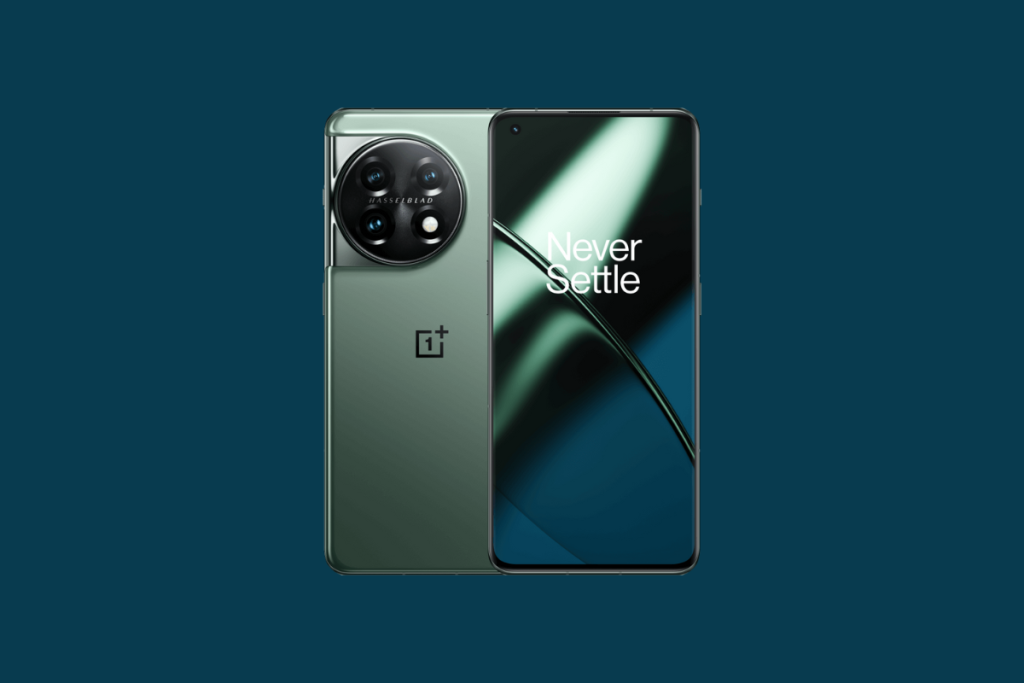
2. OnePlus 11
| OnePlus 11 | |
|---|---|
| Display | 6.7″ LTPO Fluid AMOLED 1440 x 3216 px resolution 120Hz, HDR10+, 1300 nits (peak) Corning Gorilla Glass Victus |
| Rear Camera | 50MP (Primary) – OIS, f/1.8, 1/1.56″ 32MP (Telephoto) – OIS, f/2.0, 1/2.74″, 2x (optical) 48MP (Ultrawide) – f/2.2, 1/2.0″, 115˚ FOV Video: 8K @ 24fps, 4K @ 30/60fps, 1080p @ 30/60fps Slow-Mo: 1080p @ 240fps, 720 @ 240/480fps |
| Front Camera | 16MP – f/2.45 Video: 1080p @ 30fps, 720p @ 30fps |
| Chip | Snapdragon 8 Gen 2 (4nm) Adreno 740 GPU |
| RAM/Storage | 8GB/16GB LPDDR5X RAM 128GB (UFS 3.1)/256GB (UFS 4.0) storage |
| Battery | 5,000 mAh battery 100W wired |
| OS | Android 13, OxygenOS 13 |
| Connectivity | 5G, Wi-Fi 7, Bluetooth 5.3, NFC |
OnePlus 11 was released last year, though it’s still a great alternative to many flagship phones launched this year, including the Xiaomi 14 Civi.
The smartphone has a slightly bigger screen and more pixels per inch (PPI) than the Xiaomi 14 Civi. Both smartphones support HDR10+ and 120Hz refresh rate, although the Xiaomi phone has more colours and higher peak brightness.
At the core of the OnePlus 11 is the Snapdragon 8s Gen 3, which is less powerful than the Snapdragon 8 Gen 2 (in the Xiaomi 14 Civi), specifically the GPU performance. As a result, the OnePlus 11 handles gaming better than the Xiaomi 14 Civi.
Notably, the 128GB version of the OnePlus 11 supports UFS 3.1, but higher models support UFS 4.0. So, if you care too much about the performance, consider UFS 4.0.
The camera arrangement on the OnePlus 11 is similar to the Xiaomi 14 Civi, although it blends with the frame on the OnePlus 11. The OnePlus phone has a 50MP primary sensor (OIS, f/1.8 aperture, 1/1.56″ sensor), a 32MP telephoto lens (f/2.0 aperture, 1/2.74″ sensor, 2x optical zoom), and a 48MP ultrawide shooter (f/2.2 aperture, 1/2.0″ sensor, 115˚ field-of-view).
The rear camera setup on the OnePlus 11 has Hasselblad colour tuning. The device can record up to 8K videos, while the Xiaomi 14 Civi can record up to 4K videos. For selfies, there’s a 16MP sensor on the front.
The OnePlus 11 packs a 5,000 mAh battery and supports 100W fast charging. According to the brand, it only takes 10 minutes to reach 50% and 25 minutes to 100%. In comparison, the Xiaomi 14 Civi has a lesser battery capacity and supports 67W fast charging only.
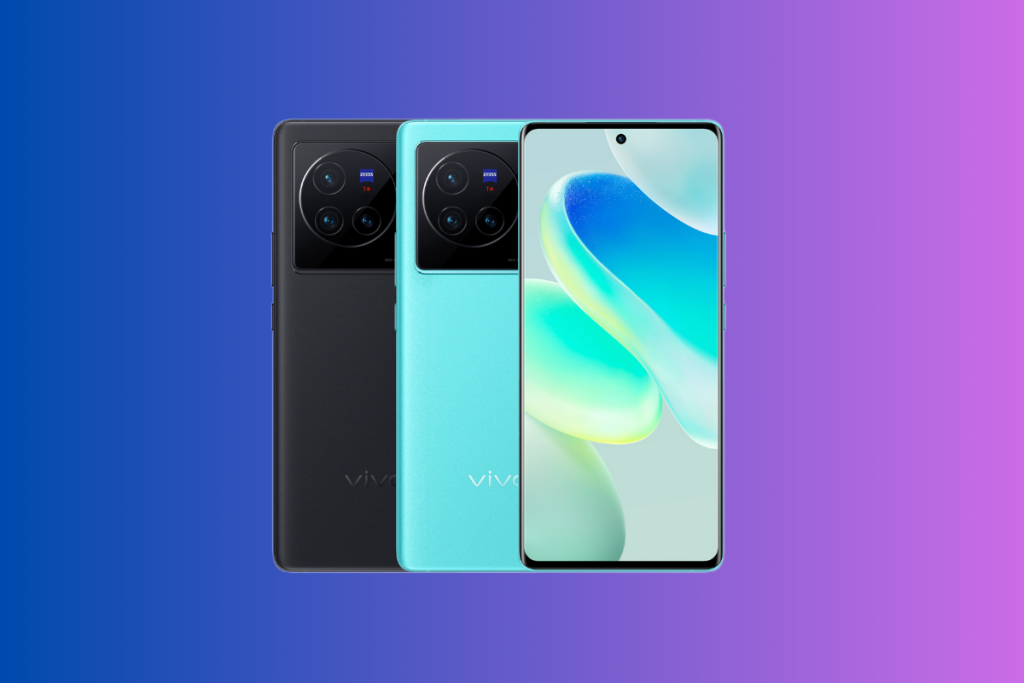
3. Vivo X80
| Vivo X80 | |
|---|---|
| Display | 6.78″ AMOLED 1080 x 2400 px resolution 120Hz, 1500 nits (peak) |
| Rear Camera | 50MP (Primary) – OIS, f/1.8, 1/1.49″ 12MP (Telephoto) – f/2.0, 1/2.93″, 2x optical zoom 12MP (Ultrawide) – f/2.0, 1/2.93″ Video: 4K @ 30/60fps, 1080p @ 30/60fps |
| Front Camera | 32MP – f/2.5, 1/2.8″ Video: 1080p @ 30fps |
| Chip | MediaTek Dimensity 9000 (4nm) Mali-G710 MC10 GPU |
| RAM/Storage | 8GB/12GB RAM 128GB/256GB storage |
| Battery | 4,500 mAh battery 80W wired |
| OS | Android 12, Funtouch OS 12 |
| Connectivity | 5G, Wi-Fi 6, Bluetooth 5.3, NFC |
Vivo X80 looks strong on the spec sheet and has a similar pricing as that of the Xiaomi 14 Civi. The smartphone has a 6.78-inch AMOLED screen with 120Hz refresh rate support and 1500 nits of peak brightness (half of the peak brightness on Xiaomi 14 Civi).
The Vivo phone is powered by a MediaTek Dimensity 9000 chip, whereas the Xiaomi 14 Civi has a Snapdragon 8s Gen 3. Both are octa-core chips fabricated on a TSMC’s 4 nm process node and look similar on benchmarks.
The giant rear camera module on the Vivo X80 includes a 50MP primary sensor (OIS, f/1.8 aperture, 1/1.49″ sensor), a 12MP telephoto lens (f/2.0 aperture, 1/2.93″ sensor, 2x optical zoom), and a 12MP ultrawide lens (f/2.0 aperture, 1/2.93″ sensor).
The Vivo X80 can record up to 4K videos using its rear cameras and 1080p videos using the 32MP selfie camera. It is backed by a 4,500 mAh battery with support for 80W fast charging. The battery capacity is slightly lesser on the Vivo X80 but the charging speed is higher compared to the Xiaomi 14 Civi.
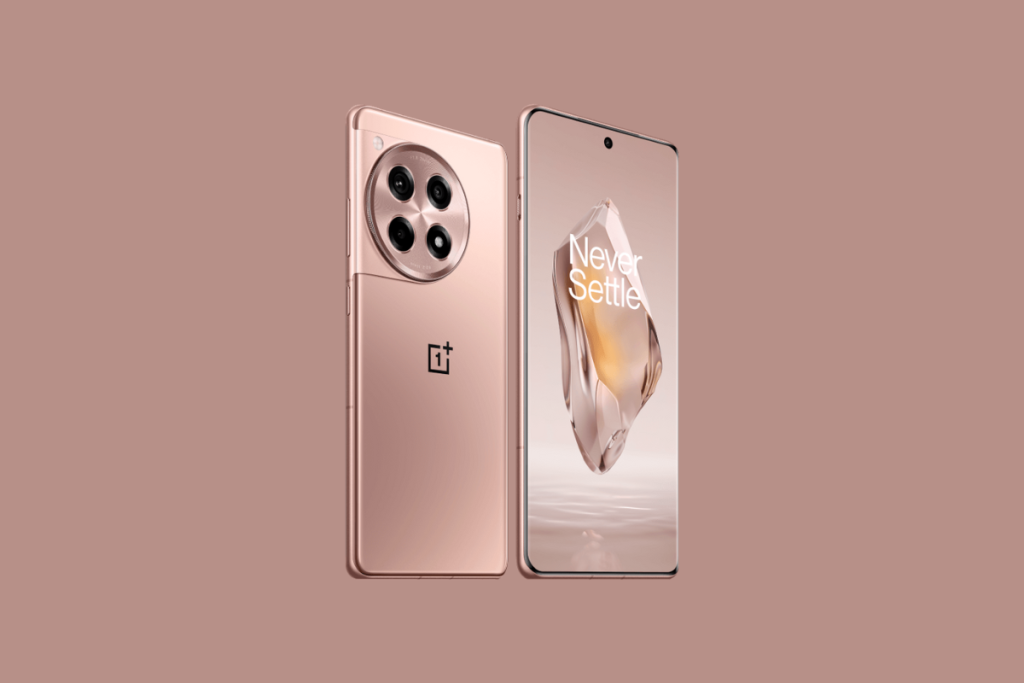
4. OnePlus 12R
| OnePlus 12R | |
|---|---|
| Display | 6.78″ LTPO4.0 AMOLED ProXDR 1264 x 2780 px resolution 120Hz, HDR10+, 4500 nits (peak) Corning Gorilla Glass Victus 2 |
| Rear Camera | 50MP (Primary) – OIS, f/1.8, 1/1.56″ 8MP (Ultrawide) – f/2.2, 1/4.0″, 115˚ FOV 2MP (Macro) – f/2.4 Video: 4K/1080p/720p @ 30/60fps |
| Front Camera | 16MP – f/2.4 Video: 1080p/720p @ 30fps |
| Chip | Snapdragon 8 Gen 2 (4nm) Adreno 740 GPU |
| RAM/Storage | 8GB/16GB LPDDR5X RAM 128GB/256GB UFS 3.1 storage |
| Battery | 5,500 mAh battery 100W wired |
| OS | Android 14, OxygenOS 14 |
| Connectivity | 5G, Wi-Fi 7, Bluetooth 5.3, NFC |
OnePlus 12R is another smartphone that is a good alternative to the Xiaomi 14 Civi.
The OnePlus phone features a 6.78-inch screen, which is slightly taller than Xiaomi 14 Civi. It’s an LTPO4 AMOLED panel with 120Hz refresh rate and HDR10+ support. While other phones in this list have a lower peak brightness than the Xiaomi 14 Civi, this one has a much higher value of 4500 nits.
Like the Galaxy S23 and OnePlus 11, the 12R is also powered by a Snapdragon 8 Gen 2 chipset. It has a better performance than the Snapdragon 8s Gen 3 inside the Xiaomi 14 Civi, especially when it comes to gaming.
The rear camera setup on the OnePlus 12R includes a 50MP primary sensor (OIS, f/1.8 aperture, 1/1.56″ sensor), an 8MP ultrawide lens (f/2.2 aperture, 1/4.0″ sensor, 112˚ field-of-view), and a 2MP macro lens (f/2.4 aperture). It can record up to 4K videos, whereas the 16MP selfie camera can record up to 1080p videos.
OnePlus 12R has a massive 5,500 mAh battery (vs. 4,700 mAh on Xiaomi 14 Civi) and supports 100W fast charging.
The cameras may not be as good as Xiaomi 14 Civi, but the OnePlus 12R definitely has a better display, battery life, and a high-performance chip.
Which one do you think is the best alternative to Xiaomi 14 Civi? Let me know your thoughts in the comment section below.

